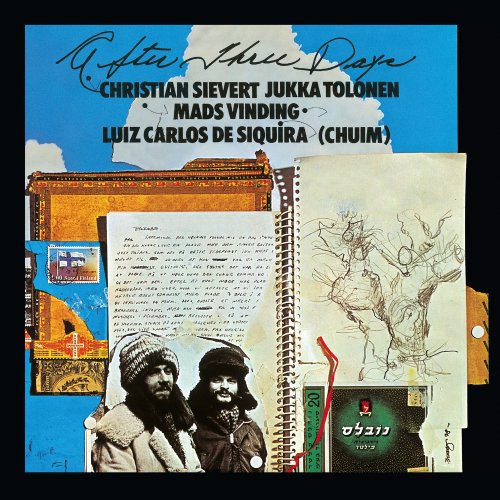Sarah Maria Sun, Heidelberg Schola, Ensemble musikFabrik & Bas Wiegers - Michael Hersch: Medea (2025) Hi-Res

Artist: Sarah Maria Sun, Heidelberg Schola, Ensemble musikFabrik, Bas Wiegers
Title: Michael Hersch: Medea
Year Of Release: 2025
Label: New Focus Recordings
Genre: Classical
Quality: FLAC 16/24 Bit (48 KHz / tracks+booklet)
Total Time: 47:29 min
Total Size: 222 / 497 MB
WebSite: Album Preview
Tracklist:Title: Michael Hersch: Medea
Year Of Release: 2025
Label: New Focus Recordings
Genre: Classical
Quality: FLAC 16/24 Bit (48 KHz / tracks+booklet)
Total Time: 47:29 min
Total Size: 222 / 497 MB
WebSite: Album Preview
01. Medea: Look at Me
02. Medea: To Let Yourselves Be Healed
03. Medea: If I Could Exhume My Murdered Children
04. Medea: Whose Arms, Cradling Pounding Hearts
Michael Hersch’s newest release sets the tragedy of Medea from Ovid’s Metamorphoses in a one act opera for soprano (Sarah Maria Sun), chamber voices (Schola Heidelberg), and ensemble (Ensemble Musikfabrik). In the myth, Medea was the granddaughter of Helios, the sun god, and a princess and sorceress. She leaves her home to follow her husband Jason to Corinth, using her extraordinary abilities to assist his rise to power and fame. When he leaves her for another woman, she lashes out in horrific revenge, killing their two children. Hersch and librettist Stephanie Fleischmann mine the Medea story to explore profound questions of fate, vengeance, and remorse. Does revenge exist that is not also at its core self-sabotage? How can one move beyond terrible actions in one’s past? Hersch’s powerful, wrenching music and Fleischmann’s austere libretto are fitting vehicles to capture the brutal violence of the classic story, a violence that lingers in the inner realm as much as it manifests in the outer world.
By including a vocal ensemble in addition to the solo soprano, Hersch and Fleischmann establish the multi-dimensionality in the story, assigning figures in Medea’s life as well as sides of her own persona to the additional voices. Hersch notes that the work is flexible in its presentation, supporting staged, semi-staged, or unstated performances, as the power of the text and music themselves are evocative on their own, making it a perfect opera for the recording medium.
Medea opens with four and half minutes of instrumental music, We first hear a suspended, closely spaced cluster in the winds whose uneasy stasis is quickly shattered by sharp keyboard chords and foreboding swells in the winds. Startling, angular piano attacks rip at the music’s fabric, unleashing a torrent of fiery outbursts in the brass and feverish passagework in the high winds and strings. There is a wildness in this introductory section, not of the carefree variety, but expressive of events and impulses that have spiraled out of control. When we finally hear a low brass arrival, dramatic cymbal crash, and return to the unsettling string sonority of the opening, Hersch has more than adequately set the stage for the entrance of our deeply complex protagonist.
Medea’s first words, “Look at me,” turn our attention immediately to the reckoning she is undergoing, one in which we vicariously participate that is at the core of the opera. The vocal line is initially disembodied and alienated from the horror of the character’s actions, but later grows into defiance: “You think you know what I’ve done.” When the vocal ensemble enters, it is not with the neutrality of a Greek chorus, but instead with judgement and derision: “She’s still here… We cannot erase her.” Maria Sun ignites the flames of the ensemble with cutting high register exclamations, inviting a matching intensity from the winds, brass, and piano.
Towards the beginning of Part II, Hersch sets the text with a insistent figure that metastasizes from one section of the ensemble to the voice to another section, like a visceral sensation in the body. A relative halo of light appears in the texture as Maria Sun luminously sings “Tender morning light” with support from the chorus, only to become more agitated as she implores for a life “free of terror.” Hersch carves out room for brief moments of respite as well, such as the hints of an early Baroque viol consort at the 2:40 mark, a meditation on the mystery of Medea’s mindset that reappears momentarily at other junctures in the work. By the time Maria Sun sings, “I had no choice,” the music is in full force again, driving to a climactic high arrival in soprano, vocal ensemble, and instruments on “my home.” This motif of a high vocal note on “home” recurs at 8:18, reinforcing the searing pain that Medea felt in leaving her birthplace. Indeed, Hersch and Fleischmann particularly emphasize moments in the text when Medea reflects on her fate, establishing the inner context for her actions. This is characteristic of their work with other complex female characters from mythology and history like that of the life of Poppaea; instead of dismissively demonizing these notorious characters, they seek to humanize them, opening the audience up to their painful internal motivations in a kind of process of exposure and catharsis.
The opening of Part III encapsulates the complex and disturbing duality in Medea’s character. The gentle viol strings accompany the sentiment, “If I could exhume my murdered children, I would. I would carry their tender, broken bodies across the sea.” But Medea’s defiance reasserts itself with a jagged melodic line on “they say I killed them,” over clamorous harmonies in the ensemble and chorus, imploring Medea to come to terms with the horror of her actions. Grinding sul ponticello swells in the strings and haunting sustains in the winds support Medea’s dissociated admission, “I left them behind when I fled, I flew toward the sun.” As the piece progresses, a picture emerges of a protagonist that feels either in extremes or, at certain times of particular trauma, not at all.
In the opening section of Part IV, Medea sings a macabre maternal monologue over unsettling sustained clusters that evolve timbrally and explode unexpectedly. Hersch lets the tension build steadily during this extended passage, as the relative stasis only barely masks the intensity brewing underneath.The vocal ensemble is present in the score in continuous passages bubbling up as if from an underworld cauldron, swirling around the protagonist like a verdict from a jury made of her peers and her self-loathing internal personas. A dense, bracing tutti climax marked by virtuosic passagework in the brass breaks and leaves the voices alone, desperately proclaiming, “if she could exhume her children, she would.” The solo soprano singing, “but I left them behind," is then accompanied by nervous, oscillating figures in the pianos, joined by a disembodied high line in the first violin. Medea closes in a stunned, ephemeral haze, clusters and stark harmonies in the ensemble colored by pointed utterances in the vocal ensemble, and a final chord that destabilizes at its very end, shaking loose any certainty that the piece had come to any firm conclusion.
Hersch and colleagues expertly give Medea’s story layers of dimension that go far beyond the stock reading of this tale of trauma. The musical language balances the demands of holding the dark expression of the music throughout while building in sufficient relief to provide contrast and prepare for subsequent structural climaxes. Fleischmann’s unconditional libretto is economical, only including the text needed for maximum impact, and Sarah Maria Sun, Schola Heidelberg, and Ensemble Musikfabrik deliver a performance that meets the intensity of the work at its formidable peaks and seething valleys. Medea succeeds in offering a portrayal of the classical myth that does not turn away from its gruesome details. In this age of layered denial in the face of unspeakable cruelty, this is a powerful role for art, to show the way towards an honest reckoning with the human impact of violence and suffering.
- Dan Lippel
By including a vocal ensemble in addition to the solo soprano, Hersch and Fleischmann establish the multi-dimensionality in the story, assigning figures in Medea’s life as well as sides of her own persona to the additional voices. Hersch notes that the work is flexible in its presentation, supporting staged, semi-staged, or unstated performances, as the power of the text and music themselves are evocative on their own, making it a perfect opera for the recording medium.
Medea opens with four and half minutes of instrumental music, We first hear a suspended, closely spaced cluster in the winds whose uneasy stasis is quickly shattered by sharp keyboard chords and foreboding swells in the winds. Startling, angular piano attacks rip at the music’s fabric, unleashing a torrent of fiery outbursts in the brass and feverish passagework in the high winds and strings. There is a wildness in this introductory section, not of the carefree variety, but expressive of events and impulses that have spiraled out of control. When we finally hear a low brass arrival, dramatic cymbal crash, and return to the unsettling string sonority of the opening, Hersch has more than adequately set the stage for the entrance of our deeply complex protagonist.
Medea’s first words, “Look at me,” turn our attention immediately to the reckoning she is undergoing, one in which we vicariously participate that is at the core of the opera. The vocal line is initially disembodied and alienated from the horror of the character’s actions, but later grows into defiance: “You think you know what I’ve done.” When the vocal ensemble enters, it is not with the neutrality of a Greek chorus, but instead with judgement and derision: “She’s still here… We cannot erase her.” Maria Sun ignites the flames of the ensemble with cutting high register exclamations, inviting a matching intensity from the winds, brass, and piano.
Towards the beginning of Part II, Hersch sets the text with a insistent figure that metastasizes from one section of the ensemble to the voice to another section, like a visceral sensation in the body. A relative halo of light appears in the texture as Maria Sun luminously sings “Tender morning light” with support from the chorus, only to become more agitated as she implores for a life “free of terror.” Hersch carves out room for brief moments of respite as well, such as the hints of an early Baroque viol consort at the 2:40 mark, a meditation on the mystery of Medea’s mindset that reappears momentarily at other junctures in the work. By the time Maria Sun sings, “I had no choice,” the music is in full force again, driving to a climactic high arrival in soprano, vocal ensemble, and instruments on “my home.” This motif of a high vocal note on “home” recurs at 8:18, reinforcing the searing pain that Medea felt in leaving her birthplace. Indeed, Hersch and Fleischmann particularly emphasize moments in the text when Medea reflects on her fate, establishing the inner context for her actions. This is characteristic of their work with other complex female characters from mythology and history like that of the life of Poppaea; instead of dismissively demonizing these notorious characters, they seek to humanize them, opening the audience up to their painful internal motivations in a kind of process of exposure and catharsis.
The opening of Part III encapsulates the complex and disturbing duality in Medea’s character. The gentle viol strings accompany the sentiment, “If I could exhume my murdered children, I would. I would carry their tender, broken bodies across the sea.” But Medea’s defiance reasserts itself with a jagged melodic line on “they say I killed them,” over clamorous harmonies in the ensemble and chorus, imploring Medea to come to terms with the horror of her actions. Grinding sul ponticello swells in the strings and haunting sustains in the winds support Medea’s dissociated admission, “I left them behind when I fled, I flew toward the sun.” As the piece progresses, a picture emerges of a protagonist that feels either in extremes or, at certain times of particular trauma, not at all.
In the opening section of Part IV, Medea sings a macabre maternal monologue over unsettling sustained clusters that evolve timbrally and explode unexpectedly. Hersch lets the tension build steadily during this extended passage, as the relative stasis only barely masks the intensity brewing underneath.The vocal ensemble is present in the score in continuous passages bubbling up as if from an underworld cauldron, swirling around the protagonist like a verdict from a jury made of her peers and her self-loathing internal personas. A dense, bracing tutti climax marked by virtuosic passagework in the brass breaks and leaves the voices alone, desperately proclaiming, “if she could exhume her children, she would.” The solo soprano singing, “but I left them behind," is then accompanied by nervous, oscillating figures in the pianos, joined by a disembodied high line in the first violin. Medea closes in a stunned, ephemeral haze, clusters and stark harmonies in the ensemble colored by pointed utterances in the vocal ensemble, and a final chord that destabilizes at its very end, shaking loose any certainty that the piece had come to any firm conclusion.
Hersch and colleagues expertly give Medea’s story layers of dimension that go far beyond the stock reading of this tale of trauma. The musical language balances the demands of holding the dark expression of the music throughout while building in sufficient relief to provide contrast and prepare for subsequent structural climaxes. Fleischmann’s unconditional libretto is economical, only including the text needed for maximum impact, and Sarah Maria Sun, Schola Heidelberg, and Ensemble Musikfabrik deliver a performance that meets the intensity of the work at its formidable peaks and seething valleys. Medea succeeds in offering a portrayal of the classical myth that does not turn away from its gruesome details. In this age of layered denial in the face of unspeakable cruelty, this is a powerful role for art, to show the way towards an honest reckoning with the human impact of violence and suffering.
- Dan Lippel
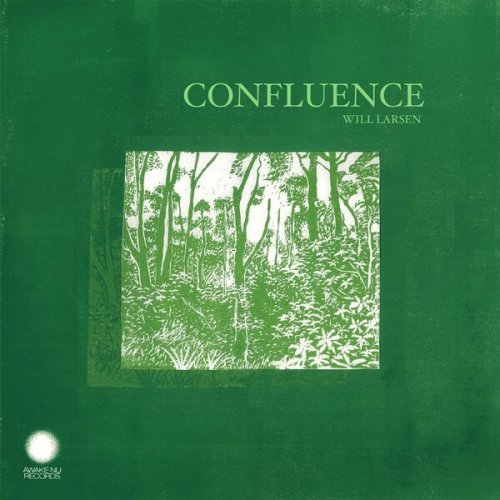
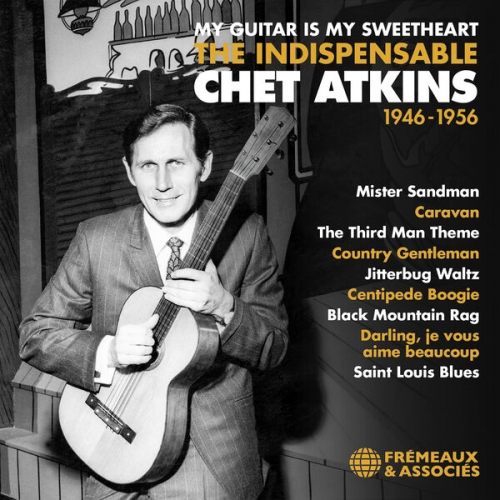
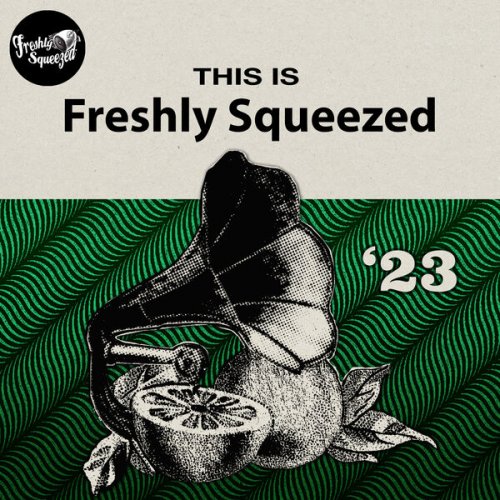
![Africa Express - Africa Express Presents... Bahidorá (Bonus Edition) (2025) [Hi-Res] Africa Express - Africa Express Presents... Bahidorá (Bonus Edition) (2025) [Hi-Res]](https://www.dibpic.com/uploads/posts/2025-11/1764141403_dnmw9jnf0jssa_600.jpg)

![Dorival Caymmi, Silvia Telles, Lenita Bruno, Odaléa Sodré Fernandes, Consuelo Sierra - Caymmi E O Mar (Remastered) (2009) [Hi-Res] Dorival Caymmi, Silvia Telles, Lenita Bruno, Odaléa Sodré Fernandes, Consuelo Sierra - Caymmi E O Mar (Remastered) (2009) [Hi-Res]](https://img.israbox.com/img/2025-11/25/k06mxj2gwvjfwokmbmwepks9f.jpg)
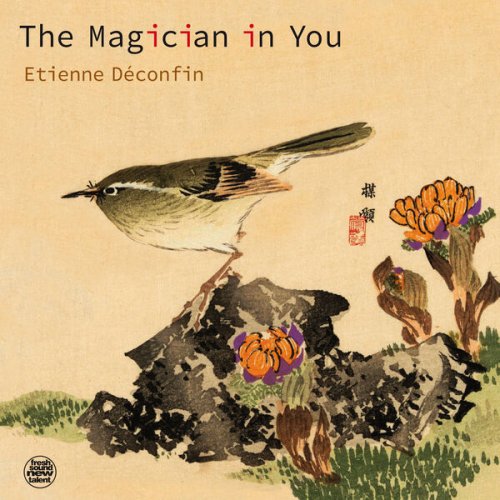
![Jelte Noordveld - Solitude (2025) [Hi-Res] Jelte Noordveld - Solitude (2025) [Hi-Res]](https://www.dibpic.com/uploads/posts/2025-11/1764243637_x9oalkvusv3mb_600.jpg)
